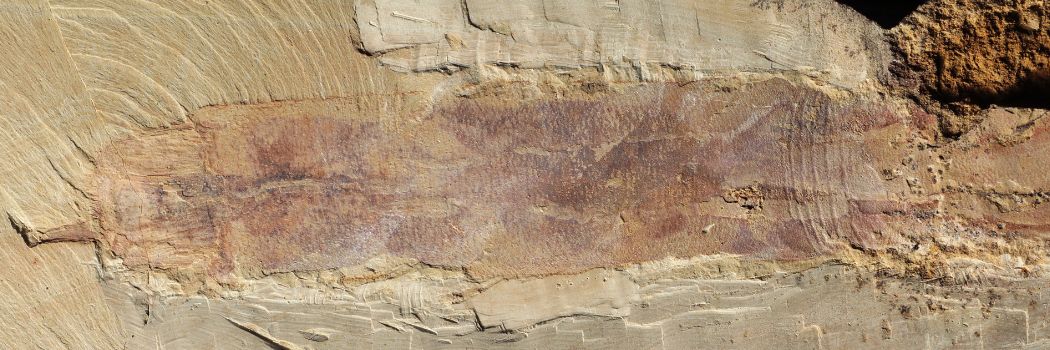Ancient fossils shed new light on evolution of sea worm

Ancient fossils have shed new light on a type of sea worm linking it to the time of an evolutionary explosion that gave rise to modern animal life.
Research involving our Earth Sciences department looked at 15 exceptionally preserved fossils of the annelid worm Iotuba chengjiangensis.
Cambrian period
The fossilised remains dated from the early Cambrian period 515 million years ago and included evidence of the worms’ guts and kidneys.
The fossils revealed the creatures had an unexpectedly complex structure, similar to that of other annelid – or segmented – worms.
The researchers say that annelids diversified into their modern lineages some 200 million years earlier than previously thought.
This means that instead of being late to the party, the worms were part of the evolutionary leap known as the Cambrian explosion.
Animal life
The Cambrian explosion saw a huge rise in organisms between 540 and 530 million years ago – as shown by the fossil record – and saw the appearance of most of the major groups that make up animal life on Earth.
The researchers say that Iotuba chengjiangensis was a cage worm, able to move its head in and out of a cage made of bristly spines.
This makes the worm a close relative of families of annelid sea worms such as Flabelligeridae and Acrocirridae.
Modern annelid diversity
This means there must have been a dramatic unseen origin of modern annelid diversity in the heat of the Cambrian explosion, the researchers add.
It turns out that many of the annelids we know and love today may have begun to evolve much sooner than we think.
Find out more
-
The research is published in the journal Proceedings of the Royal Society B.
-
Durham’s role in the research was led by study co-author Dr Martin R. Smith, in the Department of Earth Sciences, working with Northwest University, Xi'an, China as the lead organisation on the study.
-
Our Department of Earth Sciences is ranked in the world top 50 by the QS World University Rankings. The department aspires to help shape the future by providing the highest quality education for our students and by undertaking research that is both intrinsically excellent and relevant to society. Feeling inspired? Visit our Earth Sciences webpages to learn more about our postgraduate and undergraduate programmes.
-
The research was funded by the National Natural Science Foundation of China and Changjiang Scholars Program of the Chinese Ministry of Education.


/prod01/prodbucket01/media/durham-university/departments-/earth-sciences/60228-1-1998X749.jpg)
